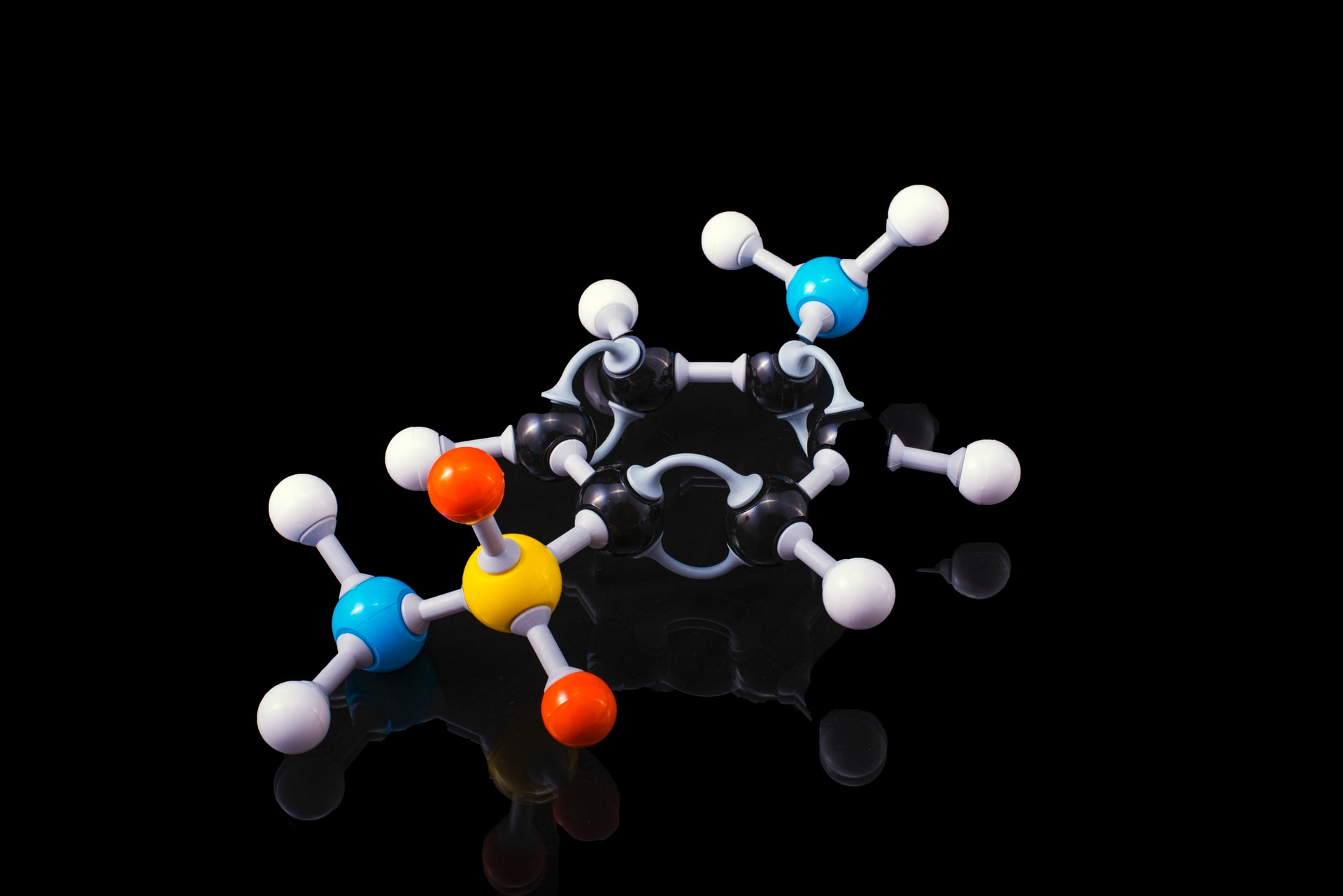Dive into the fascinating world of stoichiometry, where the principles of chemistry come to life through the precise calculation of reactants and products. This quiz will challenge your understanding of chemical equations, mole ratios, and the quantitative relationships that govern chemical reactions. Whether you’re a seasoned chemist or just starting out, these questions are designed to enhance your comprehension and application of stoichiometric principles. Good luck!
We recommend that you do not leave the page that you are taking this quiz in. Stay honest 🙂
Stoichiometry Quiz Questions Overview
1. What is the first step in solving a stoichiometry problem?
Balance the chemical equation
Convert grams to moles
Identify the limiting reactant
Calculate the theoretical yield
3. In a balanced chemical equation, the coefficients represent the:
Number of atoms
Number of molecules
Number of moles
Number of grams
4. Which of the following is the correct balanced equation for the combustion of methane (CH4)?
CH4 + 2O2 → CO2 + 2H2O
CH4 + O2 → CO2 + H2O
CH4 + 2O2 → CO2 + H2
CH4 + O2 → CO + H2O
5. What is the limiting reactant in a reaction?
The reactant that is completely consumed first
The reactant with the smallest molar mass
The reactant with the largest molar mass
The reactant that is present in the largest amount
6. If 4 moles of hydrogen gas (H2) react with 2 moles of oxygen gas (O2), how many moles of water (H2O) are produced?
2 moles
4 moles
6 moles
8 moles
7. What is the theoretical yield?
The maximum amount of product that can be produced
The actual amount of product obtained from a reaction
The amount of reactants used in a reaction
The amount of product lost during a reaction
8. How many grams of CO2 are produced from the combustion of 44 grams of propane (C3H8)? (Molar masses: C3H8 = 44 g/mol, CO2 = 44 g/mol)
44 grams
88 grams
132 grams
176 grams
9. What is the percent yield if the actual yield is 8 grams and the theoretical yield is 10 grams?
80%
85%
90%
95%
10. Which of the following represents Avogadro’s number?
6.022 × 10^23
3.14 × 10^7
9.81 × 10^5
2.718 × 10^2
11. What is the empirical formula of a compound that contains 40% carbon, 6.7% hydrogen, and 53.3% oxygen by mass?
CH2O
C2H4O2
CH4O
C3H6O3
12. How many moles of NaCl are produced when 2 moles of Na react with 2 moles of Cl2?
1 mole
2 moles
3 moles
4 moles
13. What is the molarity of a solution containing 5 moles of solute in 2 liters of solution?
2.5 M
5 M
10 M
0.4 M
14. What is the mass of 1 mole of oxygen gas (O2)?
16 grams
32 grams
48 grams
64 grams
15. Which of the following is NOT a product of the complete combustion of a hydrocarbon?
Carbon dioxide
Water
Oxygen
Heat
16. How many molecules are in 2 moles of H2O?
6.022 × 10^23
1.2044 × 10^24
3.011 × 10^23
4.022 × 10^24
17. What is the empirical formula for a compound with a molecular formula of C6H12O6?
CH2O
C2H4O2
C3H6O3
C6H12O6
18. What is the mass of 0.5 moles of NaCl? (Molar mass of NaCl = 58.5 g/mol)
29.25 grams
58.5 grams
117 grams
14.625 grams
19. Which law states that in any chemical reaction, the mass of the products is equal to the mass of the reactants?
Law of Conservation of Mass
Law of Definite Proportions
Law of Multiple Proportions
Avogadro’s Law
20. What is the volume of 1 mole of an ideal gas at standard temperature and pressure (STP)?
22.4 liters
24.5 liters
20.1 liters
18.6 liters
We recommend that you do not leave the page that you are taking this quiz in. Stay honest 🙂
Can Your Friends Do Better Than You in This Quiz?
Share this quiz with your friends and compare results.
Was this page helpful?
More Popular Chemistry Quizzes:
-
Functional Groups Quiz
-
Basic Chemistry Quiz
-
Organic Chemistry Quiz
-
Ionic Bonding Quiz
-
Thermochemistry Quiz
-
Polar Covalent Bonds Quiz











